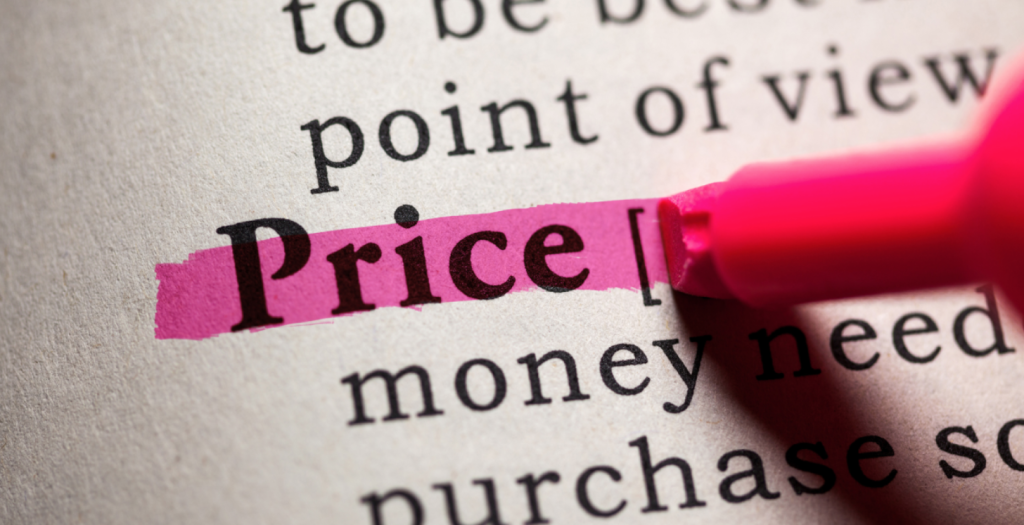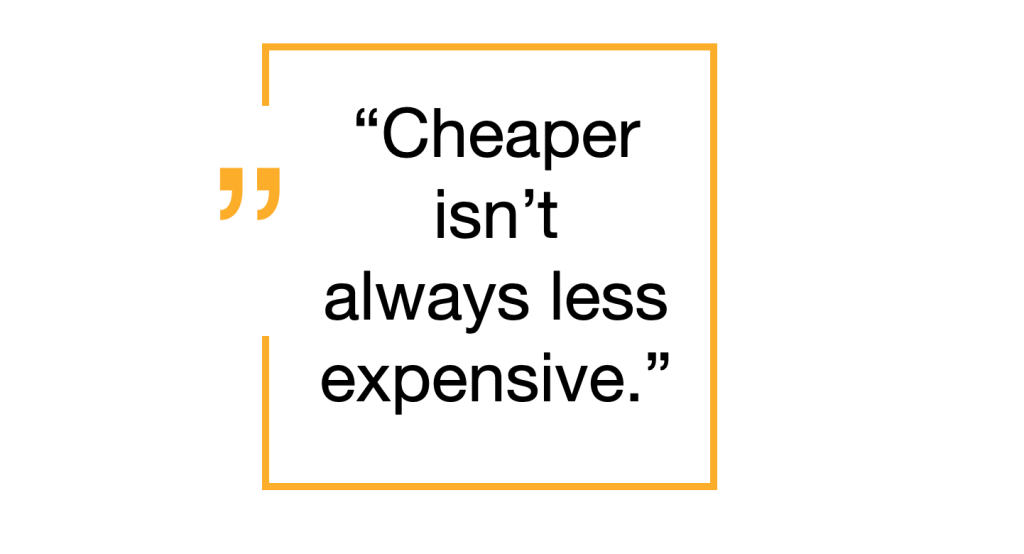Hotel Amenities Reimagined: Why Guests Expect a Charger by the Bedside

Hotel Amenities Reimagined: Why Guests Expect a Charger by the Bedside
Not long ago, hotels differentiated with plush bedding, craft toiletries, and fast Wi-Fi. Today, there’s a simpler, more visceral amenity that defines guest satisfaction the moment the door shuts: a reliable charging solution within arm’s reach of the bed. It’s the small, predictable comfort guests now consider table stakes—because a dead phone disrupts everything from mobile key access and loyalty apps to rideshares, maps, and entertainment. For hotel operators and purchasing managers, that expectation has quietly reshaped amenity strategy, procurement, and even ancillary revenue opportunities.
This shift isn’t just about convenience. It speaks to the broader evolution of guest experience in the mobile-first era: your hotel room is a productivity hub, an entertainment zone, a concierge desk, and a contactless check-in terminal—powered by the device guests carry. When power is scarce or awkward to access, the entire stay feels dated. When power is obvious and effortless, guests translate that feeling into trust—and trust drives repeat business, better reviews, and higher membership enrollment.
From Nice-to-Have to Non-Negotiable
Travelers increasingly expect the basics to be frictionless. They want power, privacy, and peace—without hunting behind nightstands or packing multiple adapters. That’s why forward-thinking properties are reframing charging from “bring your own cable” to an essential amenity. Hoteliers that invest in a standardized, room-by-room charging strategy are seeing tangible upside: fewer front-desk requests, reduced housekeeping disruptions, and a subtle lift in post-stay survey scores tied to “room amenities met my needs.”
The move from legacy USB-A outlets to USB-C power delivery has accelerated this trend. As explained in BLOKK’s analysis of the industry transition from USB-A to USB-C, today’s guests expect faster charging, multi-device support, and hardware that matches their newest phones, tablets, and headphones. In-room availability of a universal charger with modern ports and a durable cable doesn’t just prevent frustration—it communicates that your brand understands current tech habits.
Why “Bedside-Ready” Matters
Most complaints about in-room power aren’t about wattage or brand—they’re about ergonomics. Guests shouldn’t have to choose between charging and comfort. The winning standard looks like this: a 20W dual-port wall adapter within easy reach, paired with a nylon-reinforced cable long enough to use a device from the pillow. BLOKK’s packaging and form factor are engineered for this reality, and its retail look translates well to hospitality because it signals reliability at a glance. That design philosophy, detailed in the company’s overview of retail-ready packaging, is equally powerful in a nightstand drawer or on a welcome tray.
Of course, standardizing across room types is key. Suites, double-occupancy rooms, and business floors each benefit from simple, repeatable kits: one compact wall adapter with dual ports and a universally compatible cable. That minimal, consistent footprint is easier to inventory, easier to clean, and easier to replace at scale—without confusing guests with a tangle of mismatched accessories.
Durability Is the Hidden ROI
When amenity items live in high-turn environments, durability quietly drives total cost of ownership. Nylon-braided, reinforced charging cables drastically reduce fray points and failure rates compared to thin, generic cords. BLOKK illustrates how materials science affects lifespan in its behind-the-scenes piece “From Copper to Cable”. For hotels, that durability translates into fewer replacements, fewer service calls, and less waste.
It also reduces operational friction. Housekeeping teams can focus on cleanliness and presentation rather than chasing periodic cable failures. Engineering teams handle fewer “outlet not working” tickets that are actually cable issues. Over a quarter or two, those avoided micro-headaches add up—protecting margins without touching ADR.
The Revenue Angle: Amenity, Retail, or Both?
Charging can live in three places on your P&L: as a cost center (traditional amenity), a break-even (complimentary with low replacement rate), or a small profit center (retail upsell). Many properties start with a hybrid: one complimentary bedside charger plus a small inventory of retail-priced cables at the front desk or in-room marketplace. This setup matches the impulse behavior patterns documented across travel verticals—guests will happily purchase a cable when the need is urgent.
Hospitality teams can borrow from high-performing micro-retail tactics in analogous venues. BLOKK’s hospitality content for adjacent categories shows how consistency and placement impact sell-through; for instance, its cruise line perspective on charger amenity and retail demonstrates how branding, visibility, and packaging influence perceived value. In the hotel environment, similarly tidy displays at the front desk or lobby market offer guests a simple, branded solution that matches the in-room experience.
Why Procurement Is Pivoting Toward Fewer, Better SKUs
Hospitality procurement leaders increasingly prefer consolidated accessory programs with fewer SKUs and stronger vendor accountability. That means prioritizing suppliers with consistent stock, clear labeling, and modern charging profiles. A tried-and-true mix that hits the sweet spot for most properties is a fast-charging 20W dual-port adapter plus a universal cable option that supports Lightning and USB-C devices across guest demographics. When a supplier builds your program around dependable, modern SKUs—and can scale replenishment quickly—you maintain guest satisfaction without tying up capital in excess inventory.
BLOKK’s approach is straightforward: anchor on a small number of SKUs that cover most guest devices, present them in premium, durable packaging, and keep supply predictable. From an operations standpoint, predictability is a value multiplier—front desk, housekeeping, and engineering all benefit when the amenity standard doesn’t change month to month.
Modern Power Expectations, Explained Simply
Guests don’t think in volts and amps; they think in time. “Will my phone be back to 80% before I head down to breakfast?” While spec sheets matter to procurement, what matters to travelers is reliable fast charging without device risk. That’s why the industry-wide adoption of USB-C power delivery feels like a leap: shorter wait times, less cable confusion, and fewer “Do you have an iPhone cord?” interruptions at the desk. BLOKK’s explainer on the USB-A to USB-C transition breaks down how port types and wattage standards translate into real-world charging time—useful context when you’re selecting a property-wide standard.
It’s also worth recognizing the guest psychology at play. When power is easy, guests feel “taken care of.” When power is awkward, they feel like they’re troubleshooting—on a trip where they hoped to relax or stay productive. Small design choices—cord length, port visibility, nightstand placement—carry outsized weight in those moments.
Amenity as Brand Signal
The best amenities are quiet brand statements. They extend your promise of care into the details guests notice subconsciously. BLOKK leans into this principle across its channels and partnerships, including a focus on nontraditional placement where charging is urgently needed. In hospitality, the same idea applies: you’re not just providing power; you’re removing friction at the precise moment a traveler needs it most. That emotion—relief—has a long tail in guest loyalty.
When properties select a unified charging solution, the hardware itself becomes part of the room’s visual language. A clean, sturdy cable with an intuitive adapter feels intentional, just like a well-placed luggage rack or a readable thermostat. Over time, that intentionality compounds into reputation: “This brand thinks like a traveler.”
How Hotels Are Implementing: Three Simple Models
1) Universal Bedside Kit (Most Common): One 20W dual-port wall adapter and a nylon cable on or in the nightstand. The house standard is identical across king, double, and suite layouts to simplify housekeeping checks and replacements.
2) Bedside + Front-Desk Retail: The same in-room kit, plus a small retail inventory for sale at the desk or market. This model converts urgent need into a low-friction transaction and reduces late-night “borrow-a-cable” requests.
3) Premium-Tier Upgrade: For upper-upscale rooms or business floors, pair the standard kit with an extra cable length or an additional USB-C port. Even marginal upgrades are noticed by heavy travelers who rely on multiple devices.
Whichever model you choose, consistency is everything. Training housekeeping to confirm “charger present and clean” during room checks is as simple as a checkbox on a laminated card. Engineering validates outlets quarterly. Purchasing tracks replacements by room type to forecast reorders accurately.
Selecting a Supplier: What to Look For
Beyond price, look for a partner who understands hospitality’s operational cadence: bulk case quantities, predictable lead times, and packaging that survives shipping and daily handling. BLOKK’s hospitality program page, “Hotel & Hospitality”, outlines how a standardized kit and reliable wholesale cadence reduce downtime and improve guest satisfaction. For a deeper dive on how charging specifically enhances the stay, the article “Why Hotels Should Offer BLOKK Phone Charging Cables as a Guest Amenity” connects the strategy to real front-desk and housekeeping workflows.
Ask suppliers to share failure-rate data and return policies. Nylon reinforcement, strain relief, and consistent copper gauge are nonnegotiable in high-usage environments. Also consider whether the vendor’s packaging and SKUs align with your on-property retail goals; a retail-ready aesthetic gives you the option to sell spares without creating a new display system from scratch.
Inventory, Loss Prevention, and Practical Tips
Most properties overestimate loss rates and underestimate housekeeping-driven preservation. The single biggest driver of “missing” in-room accessories is inconsistency at the room level. A short checklist solves this. Hotels that treat chargers like any other room standard—coffee pods, hangers, hairdryer—see normal shrinkage rather than runaway loss. From there, bulk purchasing keeps your cost basis low enough that replacements are a rounding error compared to the value created in guest satisfaction.
Packaging plays a supporting role. BLOKK’s display-first packaging isn’t just for retail pegs; its sturdiness reduces damage in shipping and back-of-house storage. Some hotels keep a small inventory at the desk and a larger case-count in engineering. Others stage a dozen units per floor in housekeeping closets for quick swaps. Whatever your approach, the goal is to make replacement frictionless so rooms never lapse into “no charger available” status.
What the Data—and the Travel Trade—Are Saying
Industry observers have noted for years that “power at the pillow” correlates with higher guest satisfaction. While each brand measures it differently, the pattern is consistent in trade reporting and traveler surveys. For macro context, analysts at McKinsey & Company have chronicled the rise of “digital-first guest journeys,” where a traveler’s phone anchors pre-arrival, on-property, and post-stay moments. Hospitality coverage from Skift frequently highlights the operational importance of modern tech touchpoints (from mobile keys to messaging). And the American Hotel & Lodging Association has underscored evolving guest expectations around room technology and convenience in member guidance and policy discussions.
Put simply: the more a stay depends on a phone, the more the room must support that phone without friction. This is why amenity budgets are shifting from “nice extras” to “core essentials”—because the essentials now include power delivery that fits real-world devices.
Design Details That Earn Five-Star Comments
Hotels that collect open-text feedback will see charging mentioned directly when it’s either great or missing. Winning comments share a few common threads:
- Reach: Cable length that enables comfortable phone use in bed.
- Speed: 20W-class charging that keeps pace with modern phones.
- Clarity: Visible ports and simple placement—no guessing games.
- Consistency: The same experience across standard rooms and suites.
These are small details, but in aggregate they define how “thoughtful” a space feels. BLOKK’s broader philosophy, outlined on its homepage, emphasizes reliability and simplicity as brand pillars—attributes that map cleanly to hospitality, where every operational decision must scale across dozens or hundreds of rooms.
Beyond the Room: Lobbies, Meeting Spaces, and Shuttles
Charging expectations don’t stop at the door. Guests look for power along the entire property path: lobby lounges, business centers, meeting rooms, and airport shuttles. BLOKK’s perspective on everyday locations becoming charging hubs extends naturally here. A few low-cost placements create outsized goodwill: a tidy basket of cables at the concierge desk, a pair of adapters in small meeting spaces, or a labeled pouch kept in shuttle glove boxes. These touches reduce guest stress and staff interruptions at the same time.
Implementation Playbook: 30 Days to a Better Charging Standard
Week 1 — Audit: Walk five room types and list current ports, outlets, and cable availability. Note variance by floor or building. Capture “reach” issues (outlets behind furniture) and any inconsistent hardware.
Week 2 — Select: Choose a universal kit: one dual-port 20W adapter and one nylon-reinforced cable. Confirm lead times and case-pack quantities with your supplier. See BLOKK’s hospitality overview at Hotel & Hospitality for standardized SKU options.
Week 3 — Stage: Place kits in housekeeping closets for each floor, add a simple checklist to room inspections, and brief front-desk staff on how to handle guest requests. If selling extras at the desk, use consistent pricing and clear signage.
Week 4 — Launch: Update brand standards documentation and train night audit or MOD to spot-check a sample of rooms weekly. After 30 days, review replacement counts to calibrate reorder cadence.
When “Good Enough” Is No Longer Enough
Many hotels hesitate to change amenities that seem functional. But the guest bar has moved, and “functional” feels like friction when it comes to charging. If your property still relies on mixed, legacy USB-A ports and a patchwork of cables, guests notice—even if they don’t complain. That quiet disappointment shows up later in softer loyalty, weaker survey scores, and slower word-of-mouth.
Contrast that with properties that adopt a polished, universal solution. From their first impression to their last, guests never think about power—because you already did. BLOKK’s hardware choices and packaging approach make it easy for teams to present a consistently “new and working” feel. If you want a primer on how that retail-ready look elevates perceived value (useful when selling spares at the desk), the overview on competing head-to-head with big brands offers a fast read.
The Bottom Line
Charging is now a first-order amenity—no different in guest importance than hot water or blackout curtains. Hotels that treat it with the same seriousness earn better reviews, fewer service headaches, and a measurable lift in guest sentiment. The path is simple: pick a modern standard, commit to consistency, and stock a durable kit that survives real-world usage. Your guests will notice, even if they never mention it by name.
For operators weighing the operational tradeoffs, remember that amenity decisions compound. A standardized charging program reduces variance, lifts perceived quality, and gives you the option to retail spares when appropriate. If you’re exploring broader placement beyond rooms—lobbies, meeting spaces, shuttles—BLOKK’s perspective on hidden charging hubs can spark ideas that fit your footprint.
In hospitality, the most memorable comforts are often the quiet ones. A charger at the bedside is as quiet as it gets—and as powerful as anything you can add to modernize the stay.
Recent posts

Most wholesale buyers understand the basics of cost and markup — but very few truly...

In business, not all partnerships are created equal. A good wholesaler fills orders. A great...

In wholesale, every penny matters. Buyers compare quotes, chase discounts, and pride themselves on getting...

In a world obsessed with retail shelves and online clicks, most brands are missing the...
